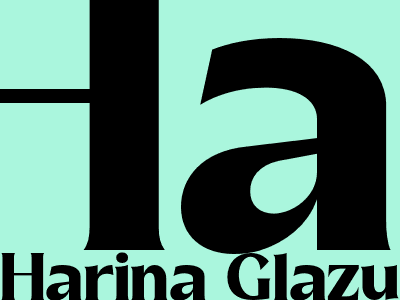How to Improve Your Blog’s SEO with on-Page Optimization
Optimize Your Page Titles and Meta Descriptions
The page title is one of the most important on-page SEO factors. It's what appears in search engine results pages (SERPs), so it's important to make it both informative and keyword-rich. The meta description is a brief summary of your page that appears below the title in SERPs. It's another opportunity to include keywords and entice users to click through to your site.
Keep your page titles concise and to the point, no more than 60 characters long. Use keywords at the beginning of the title, and make sure the title accurately reflects the content of the page.
Meta descriptions should be no longer than 160 characters, and they should include a call to action that encourages users to click through to your site.
Use Header Tags Properly
Header tags (H1, H2, H3, etc.) are used to structure your content and make it easier for users to read. They also play a role in SEO. Search engines use header tags to understand the hierarchy of your content and to identify the most important keywords on the page.
Use H1 tags for the main title of your page. H2 tags can be used for subheadings, and H3 tags can be used for further subheadings.
Optimize Your Images
Images can help to break up your text and make your content more visually appealing. They can also help to improve your SEO if you optimize them properly.
When you upload an image to your blog, be sure to give it a descriptive filename. For example, instead of naming an image "image1.jpg," name it "blue-widget-on-white-background.jpg."
You should also add alt text to your images. Alt text is a brief description of the image that appears if the image cannot be displayed. It's important to use descriptive alt text that includes keywords.
Build Links to Your Site
Links are one of the most important factors in SEO. When other websites link to your site, it signals to search engines that your site is authoritative and worth ranking highly.
There are many ways to build links to your site. You can create high-quality content that other websites will want to link to. You can also reach out to other bloggers and website owners and ask them to link to your site.
Monitor Your Results and Make Adjustments
Once you've implemented these on-page SEO techniques, it's important to monitor your results and make adjustments as needed.
You can use Google Analytics to track your website's traffic and see how your SEO efforts are performing. If you're not seeing the results you want, you can try different techniques or adjust your existing ones.

Comments